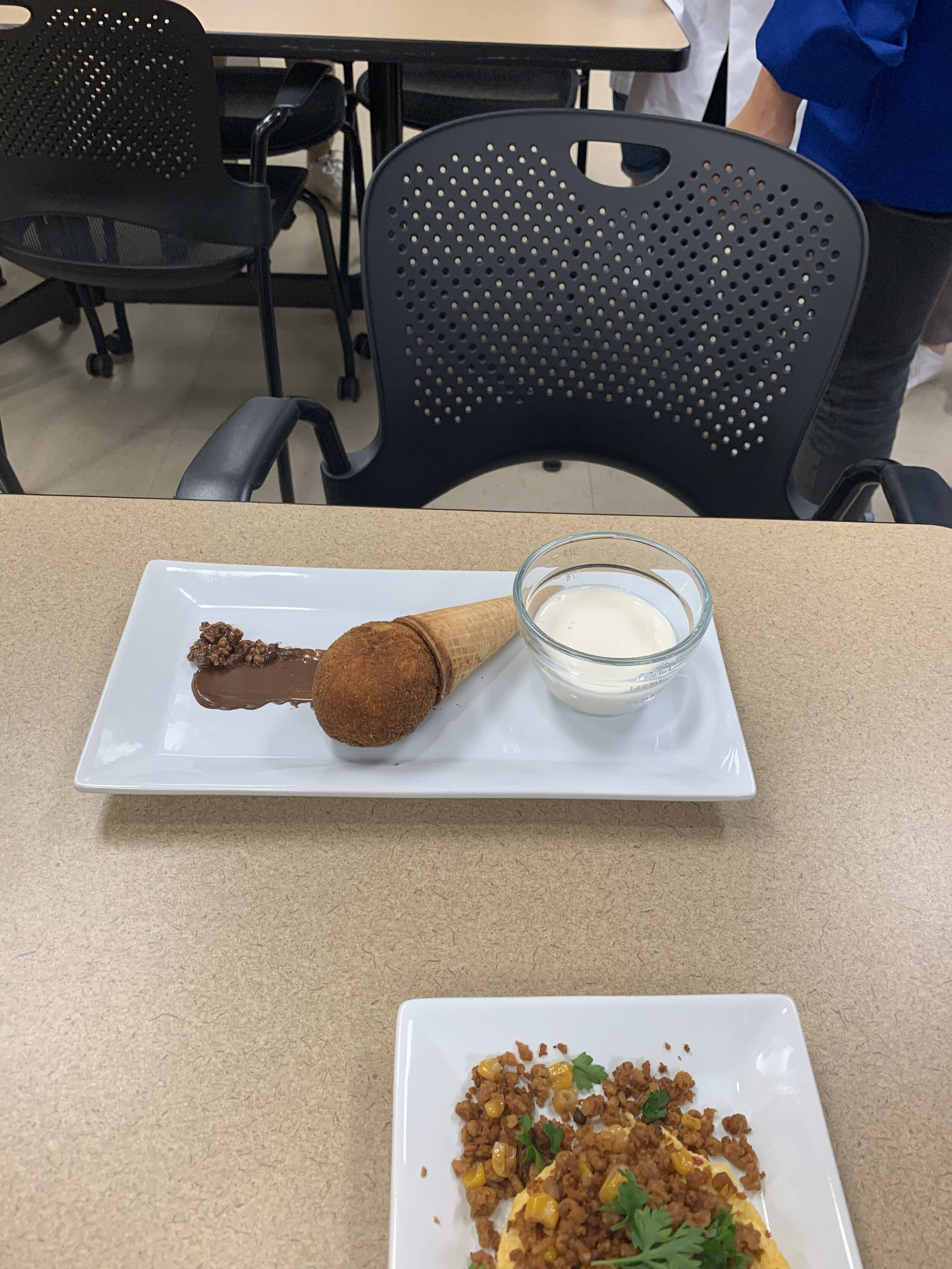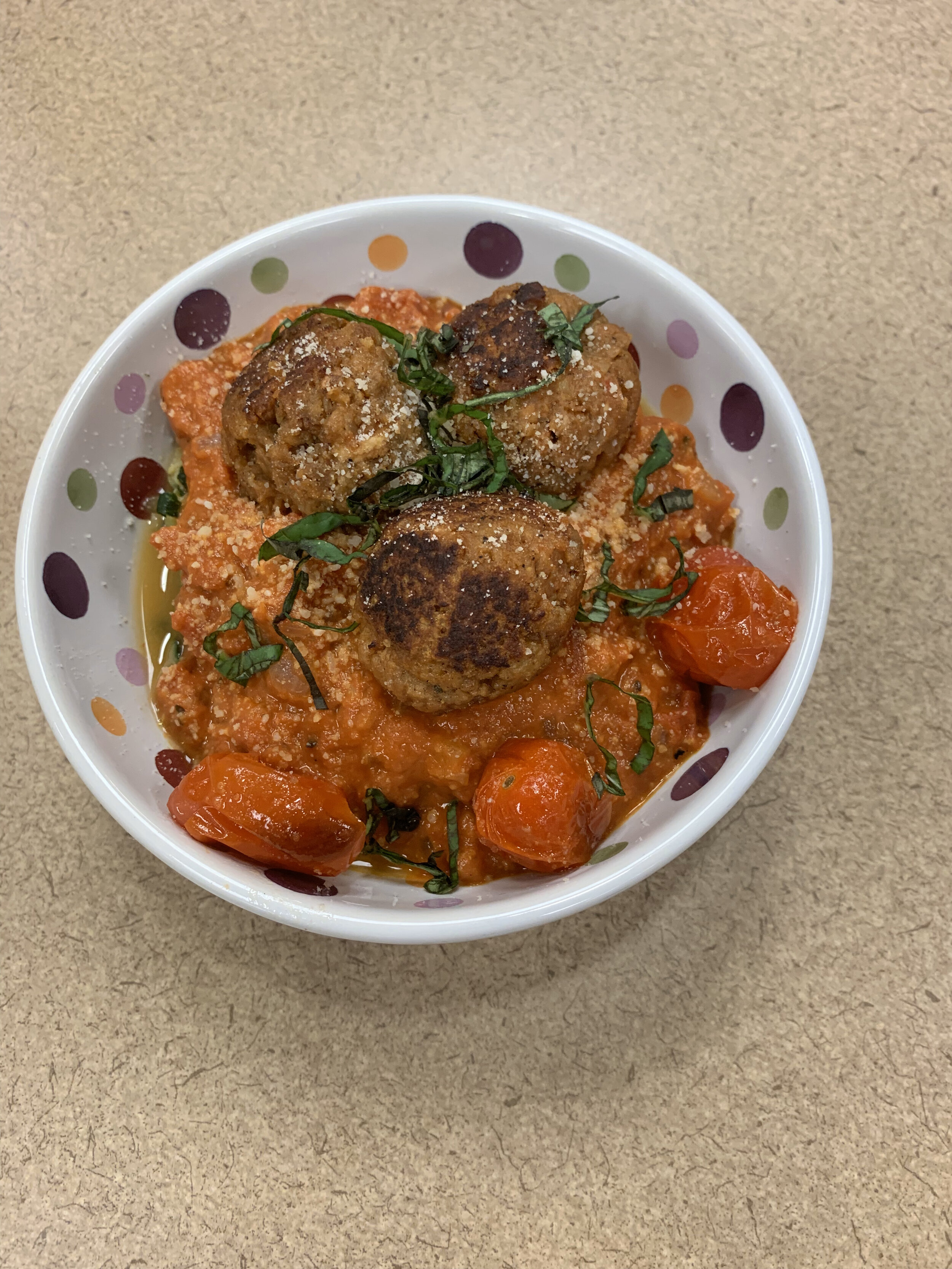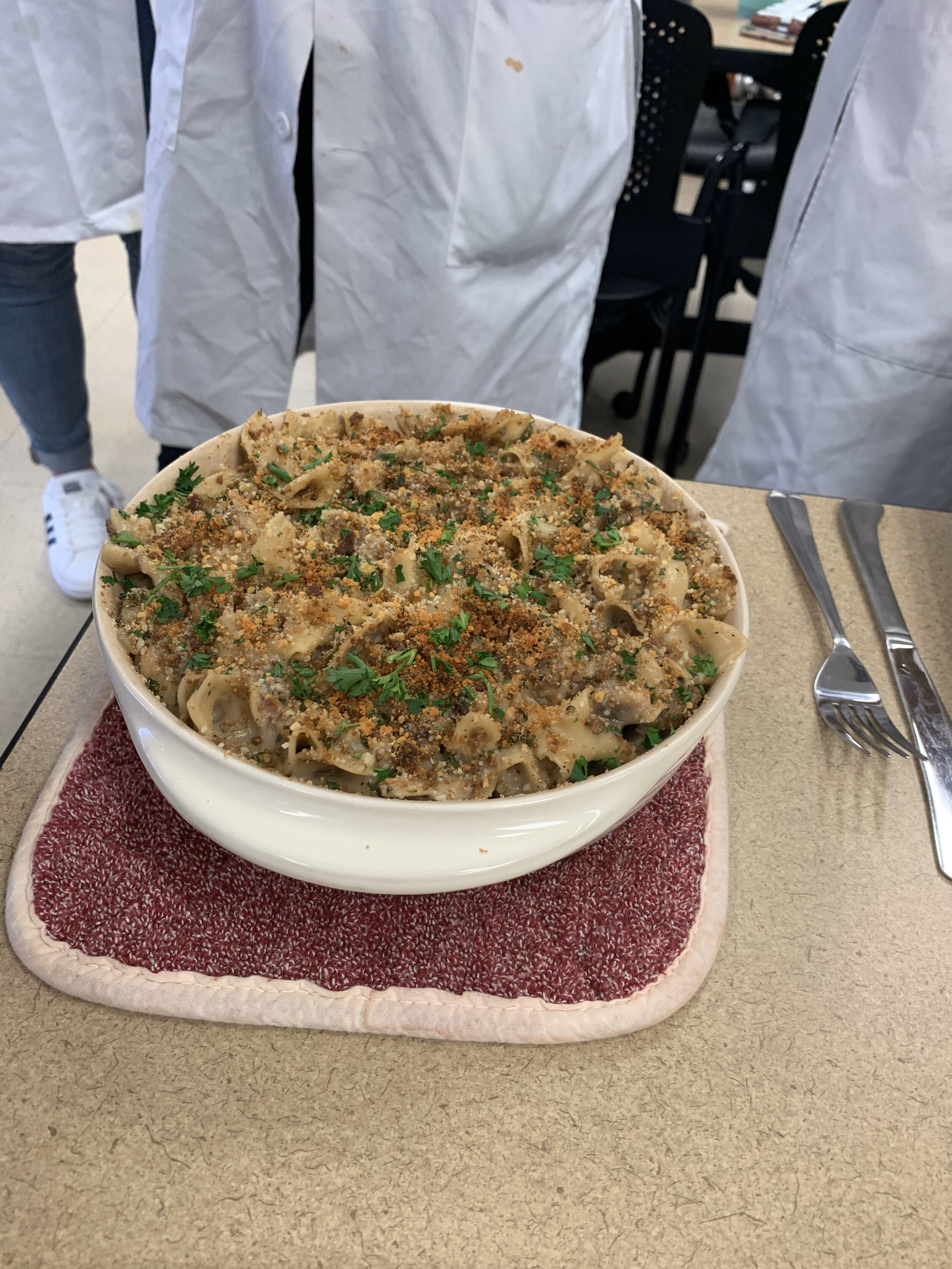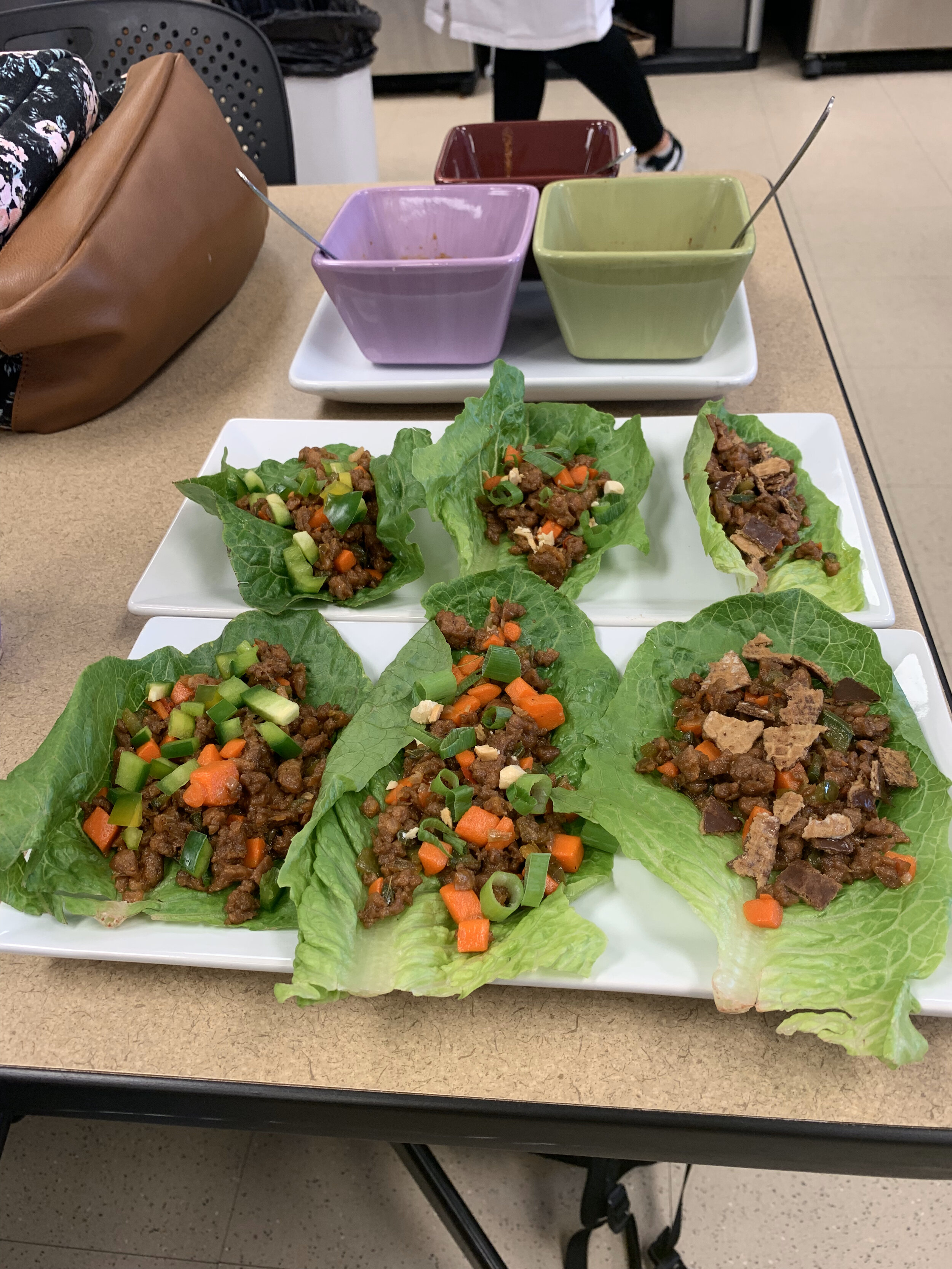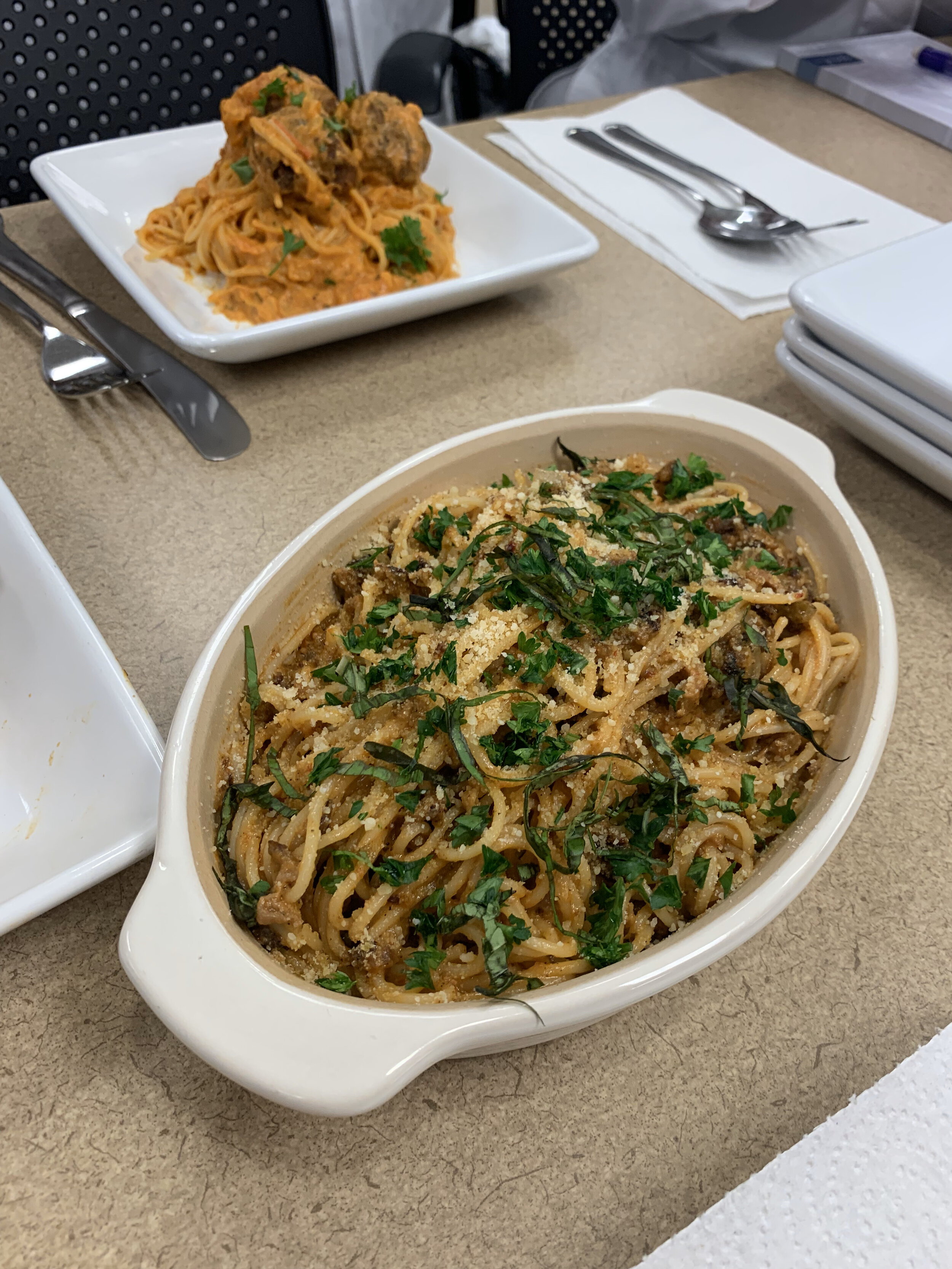Design Toolkit for STEM-Based Capstone Courses
Course
FSHN 466: Food Product Development
In the fall semester of 2019, in collaboration with a food science instructor, I co-created a student activity toolkit for integrating human-centered design into a STEM-based undergraduate capstone experience. While a food product development course served as the model for other STEM capstone courses, the HCD approach is not discipline-specific; the activities and assessments conducted in this course can be applied across departments, from food science to bioengineering to chemistry, and beyond.
Collaborating Instructor
Dr. Dawn Bohn
Semesters
Fall 2019, Spring 2021
In the Spring of 2019, Dr. Bohn was interested in integrating human-centered design into her food science capstone course. I wrote a Provost’s Initiative on Teaching Advancement (PITA) grant to fund our collaboration, which was unanimously accepted by the review committee. Funds were awarded to create and pilot a curricula toolkit for integrating human-centered design (HCD) theory and approach into a science, technology, engineering, and math (STEM)-based undergraduate capstone experience, with Dr. Bohn’s FSHN 466: Food Product Development course as the pilot course.
CURRICULUM DEVELOPMENT PROCESS
Over the Summer of 2019, Dr. Bohn and I, along with input from research and assessment specialist Dr. Saad Shehab, designed a series of activities and assignments to be implemented over a 5-week period focused on leading students through the understand, synthesize, and ideate spaces of the HCD process. After 5 weeks, teams would have a concept rooted in researched consumer needs for a novel food product that addressed their assigned technical challenge (e.g., “excellent source of plant-based protein”, “ketogenic-diet friendly”, etc.). The next 11 weeks would be spent prototyping and iterating on this concept through guided food science labs. By blending my experience in human-centered design with Dr. Bohn’s content area expertise and Dr. Shehab’s assessment tools, we co-designed a toolkit adaptable to many STEM capstone courses, with an opportunity to measure specifically whether integrating HCD activities improved the final student outcomes.
The Human-Centered Design Taxonomy from Lawrence, L., Shehab, S., Tissenbaum, M., Rui, T., & Hixon, T. (2021, April). Human-Centered Design Taxonomy: Case study application with novice, multidisciplinary designers. Poster Presented at the American Education Research Association Virtual Conference
COURSE IMPLEMENTATION
The toolkit was first piloted in the fall of 2019, with what we called a “Bat(wo)man and Robin” approach. Dr. Bohn was the primary facilitator leading students through the HCD approach - essential for cultivating student buy-in to an unfamiliar problem-solving method. I served as a design assistant for the course, supporting Dr. Bohn during the facilitation of activities. Having Dr. Bohn lead HCD activities was essential, as instructor-class rapport must be established from the first day; having myself leading activities from the start could undermine her credibility. However, my support for her facilitation was necessary for the first year of implementation as I better understood the nuances of the HCD approach and was able to assist in real-time alterations to the content in response to time limitations and other unforeseen challenges. In this first year of collaboration, I often coached the instructor and teaching assistants through activities, while Dr. Bohn remained the lead student-facing facilitator. In addition to supporting in the classroom, I joined Dr. Bohn and her teaching assistants in weekly meetings to reflect on the success of past lessons and to adapt future lessons to meet students’ needs. For a more detailed account of each activity and its implementation, please see A Human-Centered Design Toolkit for STEM-based Capstone Courses: General Design and Implementation in a Food Science Curriculum.
The implementation of the toolkit was a resounding success with students reporting higher satisfaction in the course overall and Dr. Bohn observing higher quality project outcomes when compared to previous years. Utilizing the assessment data collected throughout the pilot we were able to demonstrate that the integration of HCD had a measurable impact on student learning outcomes related to human-centeredness, collaboration, metacognition, experimentation, creativity, and collaboration. For further details on the assessment outcomes of this course, please see Integrating Human-Centered Design in a Food Science Capstone Course: A Case Study (in preparation). After the Fall 2019 implementation, the toolkit was iterated upon and adapted into a hybrid virtual-in person format for implementation in Spring 2020 which was met with similar success (virtual format necessitated by the Covid-19 pandemic, although testing procedures at the University of Illinois did allow for in-person lessons hence the hybrid format).
